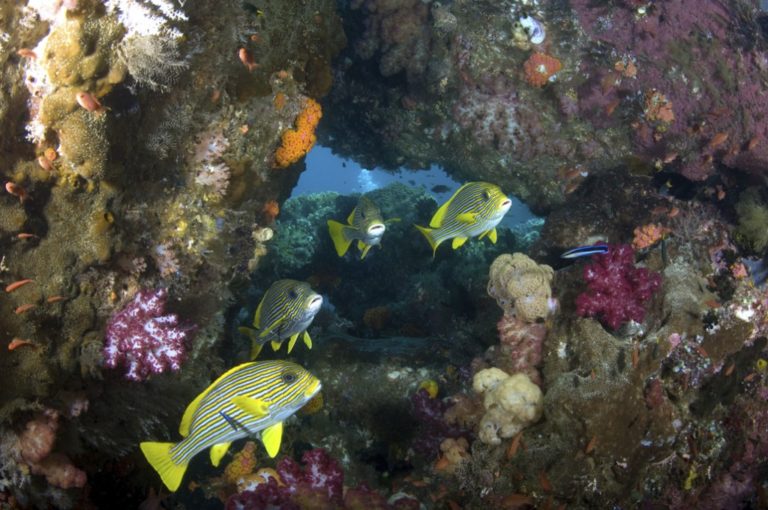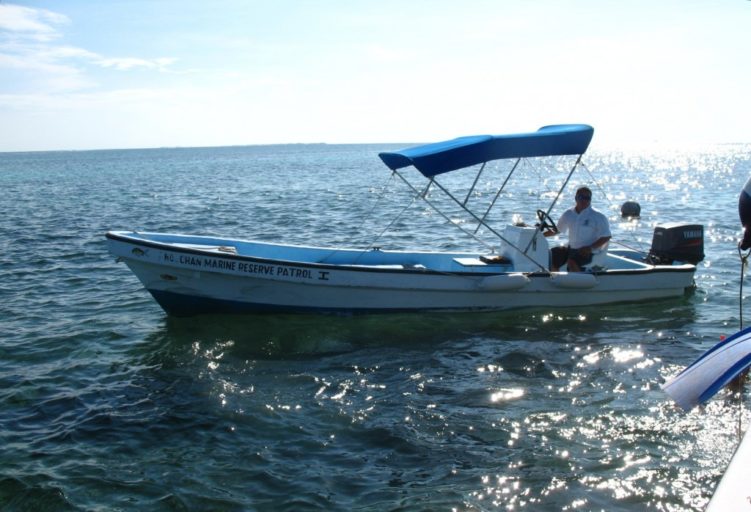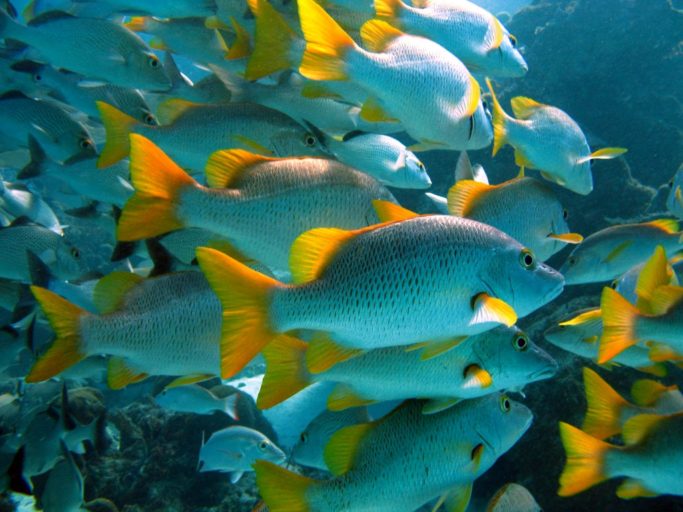- About 65 percent of the 433 surveyed MPAs reportedly suffered from inadequate budget for the management of the protected areas.
- Nearly 91 percent of MPAs lacked sufficient staff to carry out critical management activities.
- The findings suggest that effective biodiversity conservation is not just dependent on environmental conditions or MPA features (such as MPA size, fishing regulations), but is also heavily dependent on available capacity.
Countries across the world created some of the largest marine protected areas (MPAs) last year, some spanning hundreds of thousands of square miles.
The recently created Papahānaumokuākea Marine National Monument off Hawaii, for example, is currently the largest marine protected area in the world at 582,578 square miles.
Unfortunately, many marine protected areas are yet to realize their full potential. This is mainly due to a lack of adequate funds and staffing capacity that are preventing large expanses of protected oceans from achieving their conservation goals, concludes a new study published in Nature.
After analyzing data on the management of 433 marine protected areas spread across the world, researchers found several weaknesses in the way marine protected areas are managed globally.
For instance, stakeholders in nearly half of 433 marine protected areas reportedly had no direct involvement in decision-making. Only 13 percent used results from scientific monitoring to inform management of the marine protected areas. Moreover, about 65 percent of marine protected areas reportedly suffered from inadequate budget for the management of the protected areas, and nearly 91 percent of marine protected areas lacked sufficient staff to carry out critical management activities.

The researchers did not observe any considerable geographic disparities in staff capacity amongst different regions. However, marine protected areas in Asia generally reported having adequate budget capacity compared to other parts of the world. “It isn’t clear why this is the case. This could be a topic of future research,” lead author David A. Gill, who conducted the research during a postdoctoral fellowship supported by the National Socio-Environmental Synthesis Center (SESYNC) in Maryland, United States, said in an email.
The researchers also looked at fish stocks across 218 marine protected areas, and found that marine protected areas were better at protecting fish stocks than unprotected seas. Fish population grew in about 71 percent of the marine protected areas. However, these conservation impacts were highly variable.
The team analyzed a set of 62 marine protected areas in 24 countries for which both management and fish population data were available, and found that fish population in marine protected areas with adequate personnel and budget grew almost three times more than those with inadequate resources.
The findings suggest that effective biodiversity conservation is not just dependent on environmental conditions or features of marine protected areas (such as marine protected area size, fishing regulations), but is also heavily dependent on available capacity, the authors write. Additional staff resources, for example, are needed to fill gaps in various activities essential for conservation, such as monitoring, enforcement, administration, community engagement and sustainable tourism activities.

“Given the global shortfall in capacity that we observe in the study, we need to invest not only in MPA expansion, but also in ensuring that adequate resources are available for management, or else we risk diluting the limited management resources across larger areas of ocean and having many under-resourced, poorly-performing MPAs,” Gill said.
Study co-author Helen Fox of the National Geographic Society added: “These results highlight the potential for an infusion of resources and staff at established MPAs – and at MPAs in the pipeline – to enhance MPA management and ensure that MPAs realize their full potential. The good news is that this is a solvable problem. MPAs perform better when they have enough staff and an adequate budget.”

Citation:
- Gill DA, et al. (2017) Capacity shortfalls hinder the performance of marine protected areas globally. Nature. Doi:10.1038/nature21708
FEEDBACK: Use this form to send a message to the author of this post. If you want to post a public comment, you can do that at the bottom of the page.